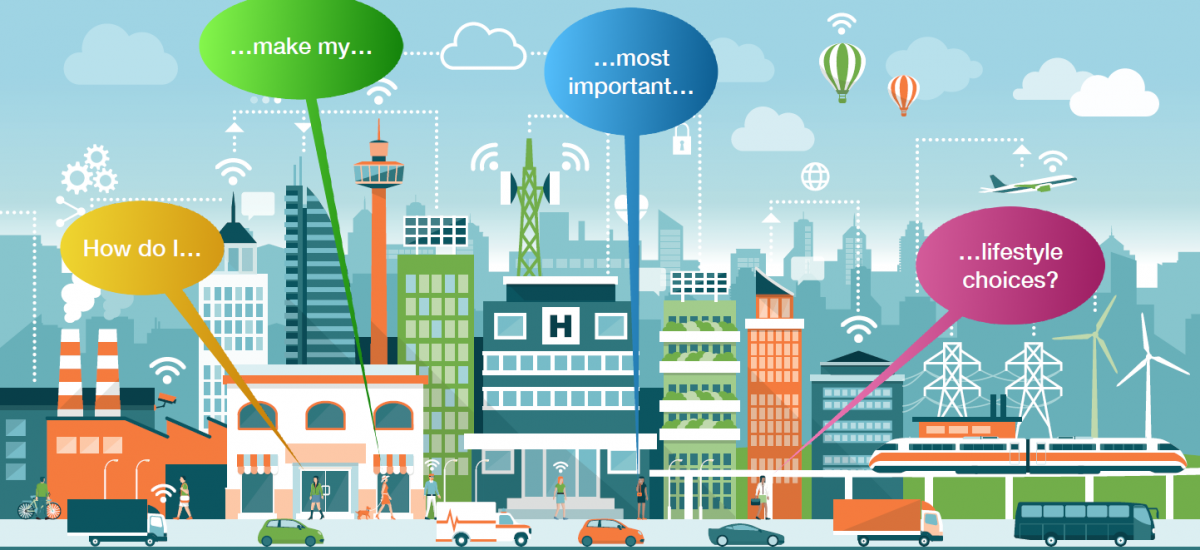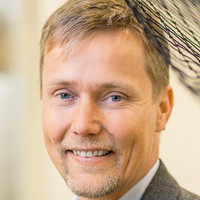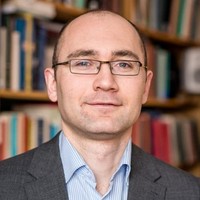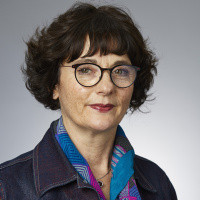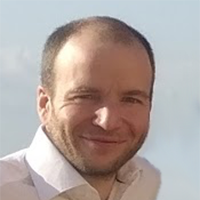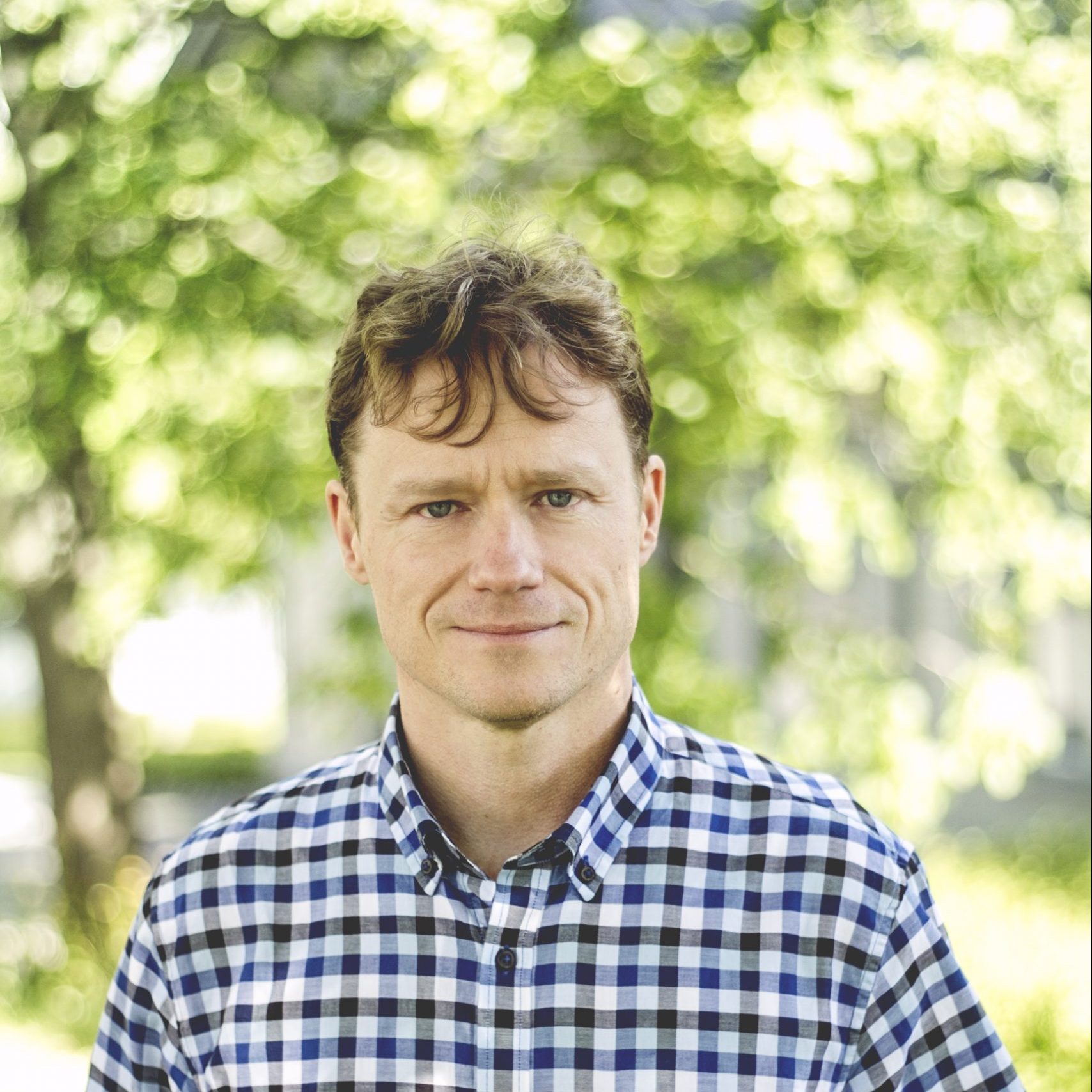About the project
Objective
The research team’s ambition is to develop a new research area in urban development (studies). Well-being in smart cities is the defined research area, focusing on interactions of human-machine-computers or “cyber-physical-human systems” based on human decision-making on an institutional, individual and neurological abstraction level. The smart city of the future is our main application area, as these are complex cyber-physical-human systems. The project will develop a framework for capturing interactions and dynamics in these systems and demonstrate the applications in user case studies.
Background
The health condition of a human being is the basis of individual and social well-being. The driving force for human-social behaviour and many choices individuals make is the desire for well-being, which will manifest in the future of smart cities. Networks, human agents, cyber agents, and physical infrastructure perform feedback and interactions in smart cities. Smart cities can efficiently and sustainably increase human well-being.
Cross-disciplinary collaboration
The research team represents the School of Electrical Engineering and Computer Science (EECS, KTH), the School of Industrial Engineering and Management (ITM, KTH) and the School of Architecture and the Built Environment (ABE, KTH).
Watch the recorded presentation at the Digitalize in Stockholm 2023 event:
Activities & Results
Find out what’s going on!
Activities, awards, and other outputs
- HiSS Workshop 2021: From smart to intelligent cities: A human-social choice? Smart cities of a digitalized society are envisioned as cyber-physical-human systems of sustainable economic growth that enhance human well-being. The grand challenge for designing and developing smart cities is to achieve mutually beneficial interactions between cyber and human systems where machines learn from humans, and humans learn from machines. Theories of human behaviour are traditionally context-dependent and specialized in economics, education, games, social interactions, management, etc. Smart cities, as cyber-physical-human systems, set a new context for modelling and understanding human-social behaviour at different levels – from neuro-cognition of individual choices to collective decisions and emergence in social networks at multiple time scales.
- A Workshop was held in September 2021 with three online sessions:
- Session 1: 6/9 Interactional Intelligence with speakers Assoc. Prof. Sarah Williams, MIT, Univ.-Prof. Dr. Marcel Schweiker, University Hospital RWTH Aachen, Dr. Umberto
- Fugiglando, MIT.
- Session 2: 13/9 Reflective Intelligence with speakers Prof. Katina Michael, Arizona State University, Assoc. Prof. Esteban Moro, Universidad Carlos III de Madrid and MIT, Prof. Angelia Nedich, Arizona State University,
- Session 3: 20/9 Neuro-cognition Prof. Jerome Busemeyer, Univ of Indiana, Prof. Alan Safney, Radboud University, Prof. Scott Huettel, Duke University
Results
A general objective of the project is to link dominant mechanisms of decision-making and choice between the micro, meso and macro scales that are most relevant for advancing the sustainability agenda in smart cities. The specific objectives are related to theoretical and experimental studies of different aspects of decision-making at micro, meso and macro scales that help answer the following questions:
- Which human choice/decision models are suitable for understanding decision processes, policy making, etc., in the sustainable smart city context
- What aspects of human choices and decisions in the present context can be related to and explained by neuro-cognitive processes?
- How do social network interactions (e.g. collaboration and competition) affect human choices from smart homes to smart cities?
Publications
We like to inspire and share interesting knowledge!
- M. Lenninger, M. Skoglund, P. Herman & A. Kumar. Are single-peaked tuning curves tuned for speed rather than accuracy? Nature Communications (in review).
- M. Lundqvist, S.L. Brincat, M.R. Warden, T.J. Buschman, E.K. Miller & P. Herman. Working memory control dynamics follow principles of spatial computing. Nature Communications (in review).
- M. Molinari, J. Anund Vogel, D. Rolando. Using Living Labs to tackle innovation bottlenecks: the KTH Live-In Lab case study,Applied energy(Extension under review).
- N. Chrysanthidis, F. Fiebig, A. Lansner & P. Herman. “Traces of semantization-from episodic to semantic memory in a spiking cortical network model”, eNeuro, July 2022, 9 (4). https://doi.org/10.1523/ENEURO.0062-22.2022.
- Fontan, V. Cvetkovic, K. H. Johansson. On behavioral changes towards sustainability for connected individuals: a dynamic decision-making approach, in 4th IFAC Workshop on Cyber-Physical Human Systems, Houston, Texas, December 1-2, 2022.
- Taras Kucherenko, Rajmund Nagy, Michael Neff, Hedvig Kjellström, and Gustav Eje Henter. Multimodal analysis of the predictability of hand-gesture properties. In
- International Conference on Autonomous Agents and Multi-Agent Systems, 2022.
- M. Lundqvist, J. Rose, S.L. Brincat, M.R. Warden, T.J. Buschman, P. Herman, & E.K. Miller. “Reduced variability of bursting activity during working memory.” Scientific Reports 12, no. 1 (2022): 1-10.
- N.B. Ravichandran, A. Lansner & P. Herman. “Brain-like combination of feedforward and recurrent network components achieves prototype extraction and robust pattern recognition”. In: Machine Learning, Optimization, and Data Science. LOD 2022. Lecture Notes in Computer Science, Springer, Cham
- D. Rolando, W. Mazzotti, M. Molinari. Long-Term Evaluation of Comfort, Indoor Air Quality and Energy Performance in Buildings: The Case of the KTH Live-In Lab Testbeds, Energies, vol. 15, no. 14, pp. 4955, 2022.
- N. Chrysanthidis, F. Fiebig, A. Lansner & P. Herman. “Semantization of episodic memory in a spiking cortical attractor network model”, Journal of Computational Neuroscience, vol. 49, no. SUPPL 1, pp. S86–S87, 2021.
- A. Karvonen, V. Cvetkovic, P. Herman, K.H. Johansson, H. Kjellström, M. Molinari & M. Skoglund. “The ‘New Urban Science’: towards the interdisciplinary and transdisciplinary pursuit of sustainable transformations.” Urban Transformations 3, no. 1 (2021): 1-13.
- M. Molinari, J. Anund Vogel, D. Rolando. Using Living Labs to tackle innovation bottlenecks: the KTH Live-In Lab case study, in Energy Proceedings – Applied Energy Symposium: MIT A+B, 2021.
- N.B. Ravichandran, A. Lansner & P. Herman. “Semi-supervised learning with Bayesian Confidence Propagation Neural Network”, in Proc. European Symposium on Artificial Neural Networks (ESANN) 2021. doi.org/10.14428/esann/2021.es2021-156.
- Ruibo Tu, Kun Zhang, Hedvig Kjellström, and Cheng Zhang. Optimal transport for causal discovery. In International Conference on Learning Representations, 2022.
- Carles Balsells Rodas, Ruibo Tu, and Hedvig Kjellström. Causal discovery from conditionally stationary time-series, arXiv:2110.06257, 2021.
- M. Lenninger, M. Skoglund, P. Herman and A. Kumar. Bandwidth expansion in the brain: Optimal encoding manifolds for population coding. In Cosyne, 2021.
- S. Molavipour, G. Bassi, and M. Skoglund. On neural estimators for conditional mutual information using nearest neighbors sampling. IEEE Transactions on Signal Processing 69:766-780, 2021.
- M. Sorkhei, G. Eje Henter, and H. Kjellström. Full-Glow: Fully conditional Glow for more realistic image generation. In DAGM German Conference on Pattern Recognition, 2021.
- Chenda Zhang and Hedvig Kjellström. A subjective model of human decision making
- based on Quantum Decision Theory, arXiv:2101.05851, 2021.
- M. Molinari and D. Rolando. Digital twin of the Live-In Lab Testbed KTH: Development and calibration. In Buildsim Nordic, 2020.
- D. Rolando and M. Molinari. Development of a comfort platform for user feedback: The experience of the KTH Live-In Lab. In International Conference on Applied Energy, 2020.
- E. Stefansson, F. J. Jiang, E. Nekouei, H. Nilsson, and K. H. Johansson. Modeling the decision-making in human driver overtaking. In IFAC World Congress, 2020.
- Y. Yi, L. Shan, P. E. Paré, and K. H. Johansson. Edge deletion algorithms for minimizing spread in SIR epidemic models. arXiv preprint arXiv:2011.11087, 2020.

